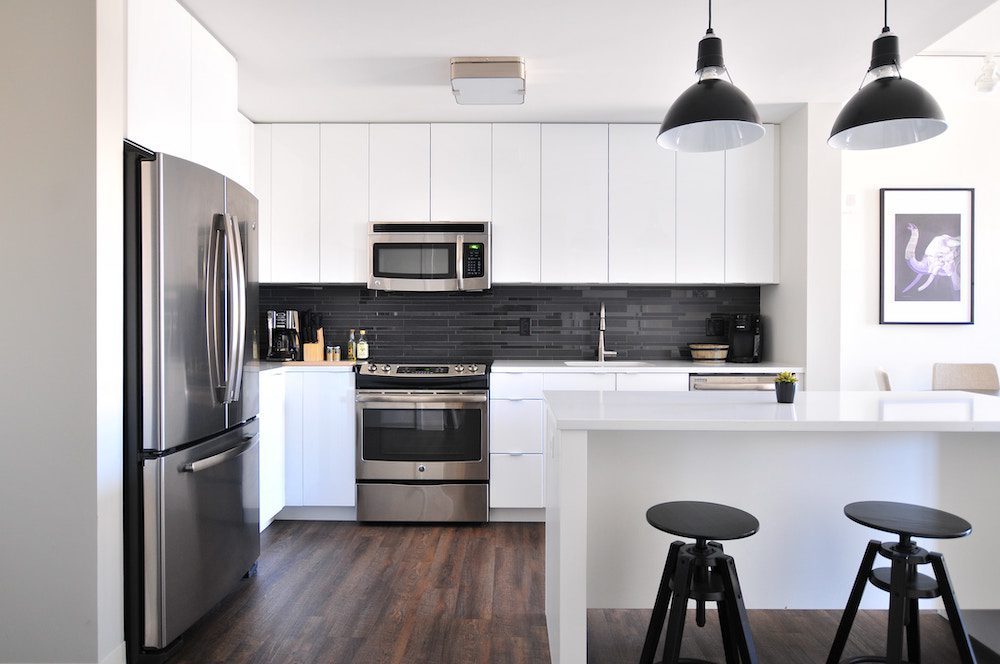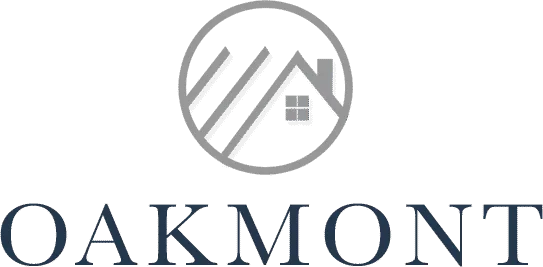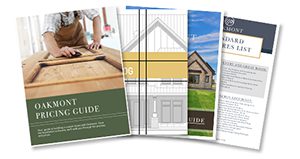Building a custom home is a dream for many people, but that dream can be very expensive. There are land costs, commissions, designers, and about a dozen other expenses under consideration.
But don’t let the big numbers scare you away from your dream. There are many ways to save money on your dream home.
Let’s review six smart strategies for saving money while building a budget custom home.
1. Package Your Purchase

Starting construction on your custom home requires developed land, blueprints, permits, designs, and a contractor. Finding these items individually is possible, but you save time and money by packaging the purchases together through a custom home builder.
The right custom home builder offers you a packaged, comprehensive home-building service. Custom home builders provide in-house architects and designers who create your floor plan and home design, providing detailed construction documents directly to the builder.
Hiring an architect and designer separately could cost around $10,000 each. Instead of paying for a separate architect, designer, and contractor, you work with one company. This is a great way to save money.
The second place this saves you is on your lot purchase. If you buy land separately, you’ll pay fees and real estate commissions, along with handling an additional loan or a large cash payment. Your price per square foot is generally higher when you buy land separately since the seller makes their money on the land purchase alone.
A home builder has an inventory of lots they already own for building or the right to any lots within certain communities. Buying through your home builder is convenient, as it bundles into your mortgage, and the lot is ready for building.
Building through a custom home builder packages your purchase, saving you money and time.
2. Know Your Priorities

Building a custom home on a budget involves a lot of trade-offs. Avoid confusion and uncertainty during decision-making by making a list of priorities.
What is the most important part of your new home? What do you absolutely need?
This list should apply to your lot, floor plan, and features. Some people prioritize acreage and invest most of their money into the lot. Others require a certain number of bedrooms, a home office, or a gourmet kitchen.
You might find that your needs are in the small details. Think through the pieces of your home building checklist so you understand what you can’t live without. You might find that your needs are in the small details. A pull-out trash cabinet in the kitchen or a rain shower head could be a priority on your list.
Once your list is complete, review it with your builder and your team so everyone knows what features are most important to you. That way, you ensure these “must-have” costs factor into your budget first.
Throughout the building process, you make many important decisions. Your priority list keeps the focus on what’s most important so you don’t blow your budget on a whim or a new suggestion.
3. Simplify Your Floor Plan

After you hire a builder and get an idea of what matters most to you, it’s time to design your floor plan. The floor plan is more than a construction blueprint–it’s also the foundation of your budget.
There are several ways to manipulate the floor plan to maximize your square footage and save money.
- Keep the shapes simple. Building a square or a rectangle is easier and less expensive than an angle or a curve. A rounded room or angled garage might look nice outside your home, but it’s more expensive than a straight line.
- Minimize your footprint. Pouring and framing the foundation is a large part of your home cost. A two-story home with a smaller footprint costs less than the same square footage in a single rambling story.
- Avoid wasted space. Every square foot of your home is part of your budget. Home spaces like foyers, hallways, and closets can take up more square footage than is necessary. Consider the dimensions of every room to make the most of your space and avoid dead space.
Consult your builder and architect for more ways to maximize your floor plan. With your priorities in mind, you can save money by thoughtfully designing your home layout.
4. Minimize Material Costs

Once your floor plan is set, you will make decisions about every material in your home. Each of these decisions impacts your budget. It’s a great place to save money during your home build.
Some of these selections are significant factors in your home, like flooring.
Carpet costs less than tile or wood flooring; consider keeping carpet in as many rooms as possible. There are also many wood flooring options. Composite hardwood costs less than true hardwood. Luxury plank vinyl flooring, or LVP, is even more cost-effective. Weigh the look and quality of these options against the costs.
The appliance package you select is also a substantial cost. A good builder will only offer high-quality appliances, but you still face a range of options. A standard free-standing range will cost less than double-wall ovens. You may also save money by purchasing a refrigerator separately rather than a built-in provided by your builder.
Beyond these big decisions are many small selections. Tile, flooring, and lighting will have a lot of similar choices with different prices. When considering your options, prioritize your budget over slight differences in materials.
5. Stick with the Standard Features

Custom home builders offer a set of “standard features” in their homes. These standard features are included in your builder’s base cost per square foot. Everything not included on this list is considered an “upgrade.”
Generally, builders make their money by selling upgrades to their clients. Many builders will limit their standard features list to sell more upgrades.
If your budget is important to you, avoid these companies. Instead, seek out a builder with a more comprehensive set of standard features. The starting cost per square foot may look more expensive, but you save money in the long run.
Of course, the upgrade always seems like a great way to improve your home. But there might be better ways to spend that money or other options to make the most of your home. Regardless, consider every upgrade offer carefully.
During the building process, you can also avoid spending money on extras by focusing on your priority list.
6. Follow the Plan

Focusing on your priority list is part of following your plan. Avoid distractions like upgrades, pricey selection options, or new ideas.
Take your time and think everything through during the planning stage of your home-building process. Once construction begins and your builder orders materials, any changes you want will come at a significant cost.
Delays in construction waste materials, labor, and time. Some of these delays are out of your control, like inclement weather or material shortages, but you can avoid adding delays due to indecision.
Remember that whenever you add an unexpected upgrade or push your budget a little further, it becomes easier to do it again. Stick carefully to your plan throughout the process to avoid extra costs and keep your home within your budget.
Conclusion
There are so many decisions made when building a custom home. It’s exciting, but it can be expensive.
With these tips, and with some careful planning, you can save money and still build the home of your dreams.





